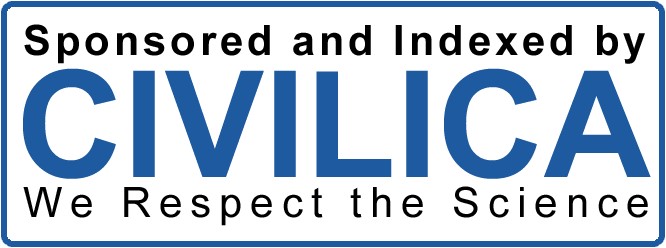Corporate Governance and Conflict of Interest Management: A Framework for Preventing Financial Crimes in the Banking System
Keywords:
Corporate Governance, Conflict of Interest, Banking Crimes, Risk Management, Financial Transparency, Money Laundering, Internal Auditing, Banking Supervision, Emerging Technologies, Financial SystemsAbstract
Corporate governance serves as a fundamental principle in financial and banking management, playing a crucial role in enhancing transparency, reducing conflicts of interest, and preventing financial crimes. In the banking system, where financial institutions manage vast economic resources, failure to adhere to corporate governance principles can lead to fraud, money laundering, insider trading, and managerial misconduct. This study examines the role of corporate governance in mitigating banking crimes and explores how managing conflicts of interest can enhance transparency and managerial accountability. Furthermore, emerging technologies such as artificial intelligence and digital auditing systems are introduced as effective tools for improving banking supervision, minimizing human errors, and increasing the accuracy of financial reporting to prevent misconduct. The findings suggest that integrating stringent regulatory policies, implementing advanced internal control mechanisms, and leveraging new technologies significantly reduce the likelihood of financial crimes. Additionally, fostering an organizational culture based on professional ethics, enacting precise regulatory frameworks, and ensuring coordination between domestic and international regulatory bodies are critical to the success of corporate governance in the banking sector. Ultimately, this study recommends that banks and financial institutions enhance their oversight and transparency by developing electronic monitoring systems, utilizing data-driven analytical tools, and implementing comprehensive risk management strategies. These measures can contribute to increased public trust, reduced financial volatility, and improved economic stability.
References
Berle, A., & Means, G. (1932). The Separation of Ownership and Control in Modern Corporations.
Cadbury. (1992). Corporate Governance: Theory and Practice.
Freeman, R. E. (1984). Managing Conflict of Interest in Organizational Structures.
Gabriel, O. D. (2006). Corporate Governance Management: A New Approach to Organizational Control.
Karn. (2005). Analysis of Banking Risks and Strategies for Combating Financial Crimes.
Keasey, K., & Wright, M. (1993). Corporate Governance: Structures, Processes, and Organizational Cultures.
Nasrallah. (2005). Definition of Risk and Its Importance in Organizational Management.
Radpour, M., Rasoulizadeh, A., Rafiei, R., & Lohrasbi, H. (2009). Banking Risk Management: Principles and Applications.
Savage. (1991). Stakeholder Theory and the Challenges of Representation in Organizations.
Wolfensohn, J. (2000). Corporate Governance and Its Role in Improving Economic Performance.
World Bank. (2001). Corporate Governance Guide: Balancing Economic and Social Goals.
Downloads
Published
Submitted
Revised
Accepted
Issue
Section
License
Copyright (c) 2025 Mojtaba Zare (Corresponding author)

This work is licensed under a Creative Commons Attribution-NonCommercial 4.0 International License.








